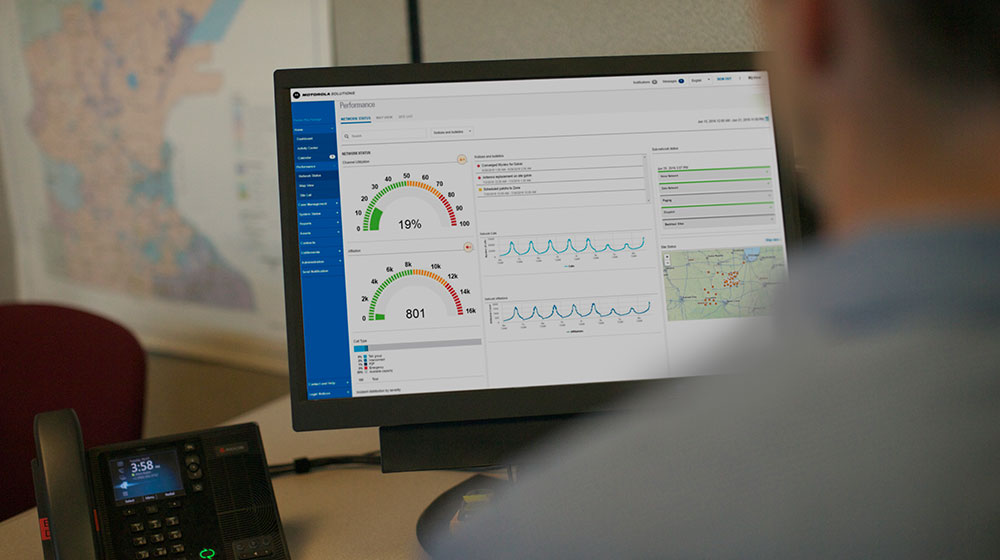Making it Work for Your Community
“Ok, great! We’ve received the funding and authorization to roll out text-to-911 in our jurisdiction…Now what?”
Educating the citizens of your community will be key to the successful implementation of any text-to-911 program. You should also consider the following: Who do you partner with in the community? How do you engage the public?
The first thing you might consider is who the primary users of a text-to-911 service in your jurisdiction might be. As I mentioned in my previous post, the Deaf and Hard of Hearing (DHH) community may be one of the primary users of text-to-911. You can arrange meetings with the leaders of those organizations in your area and begin an outreach plan. Explain why this benefits them and use their resources to engage the larger DHH community to socialize your new program. Winning them over will be a major key to your success.
Now let’s turn our focus to the general public. Your community members may not be fully aware of the limitations around text-to-911, including multimedia messages, group conversations and language translation.
Be prepared to look at the ways you already engage with the public. For example, does your PSAP have a website? Do you have social media channels in place? If so, great! You’re already ahead of the curve. If your PSAP does not have a website or utilize social media, start exploring your public engagement avenues. You can also try reaching out to neighboring agencies or colleagues in the industry for ways they’re engaging with their communities. Browse Facebook and the web to see what other agencies and PSAPs are doing.
Remember, no good text-to-911 initiative comes without planning, policy and procedure. In my next post, we’ll talk about how to frame good training, policy and procedure within your PSAP so that when those texts do come, you, your staff and your policy will be ready to handle them.
Discover more resources as well as information on how you can unlock the power of your public safety data.




